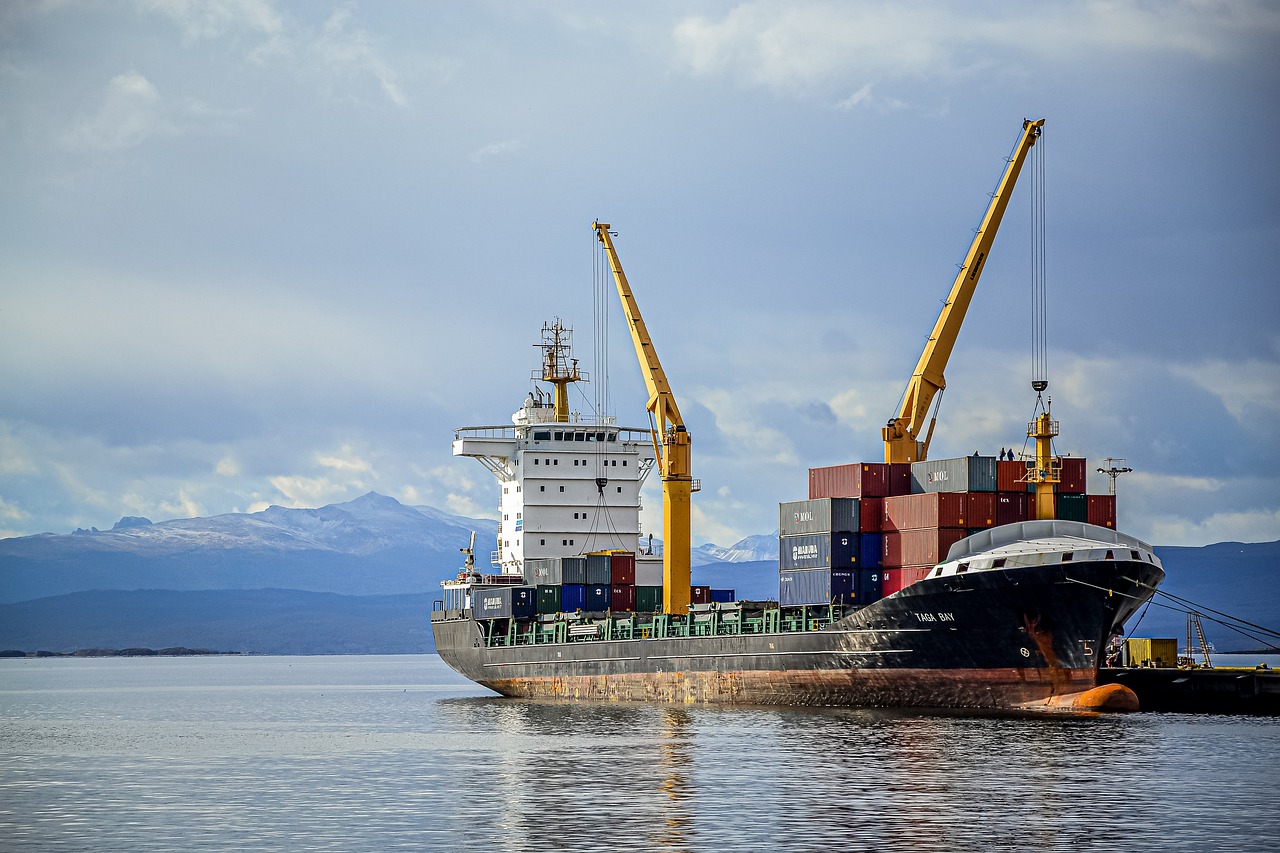
Pre-reading questions:
I will read each question. Then, please answer them.
- What do you know about the importance of shipping routes for global trade?
- Can you think of reasons why ports are crucial for local economies?
Vocabulary:
I will read the words, meanings, and sample sentences. Then, repeat after me.
- primary /prahy-MER-ee/
- disrupt /dis-RUHPT/
- gradually /GRAJ-oo-uh-lee/
- trap /trap/
- failure /FEYL-yer/
[adjective] – more important than anything else; main
The primary reason for his success is his hard work.
[verb] – to prevent something, especially a system, process, or event, from continuing as usual or as expected
The sudden storm disrupted the outdoor concert.
[adverb] – slowly over a period of time or a distance
The temperature gradually increased throughout the day.
[verb] – to prevent someone or something from escaping from a place or situation
The explorers were trapped in the cave by the rising water.
[noun] – the fact of someone or something not succeeding
The power failure caused all the lights to go out.
Article reading:
Please read the whole article. Then, I will check your pronunciation and intonation.
The primary shipping route to Baltimore’s port has returned to its original capacity after the Francis Scott Key Bridge collapsed on March 26. This incident blocked most maritime traffic and severely disrupted the Port of Baltimore, a key hub for automotive and agricultural equipment. The channel reopened after a massive cleanup operation, removing about 50,000 tons of debris. The collapse occurred when a container ship lost power and struck a supporting column, causing fatalities among the roadwork crew. For weeks, the port was largely inactive as the wreckage was cleared, with sections of the channel reopening gradually to allow some commercial traffic to resume.
On May 20, the cargo ship Dali, trapped in the wreckage, was refloated and returned to port. The channel then reopened partially and gradually allowed full two-way traffic. The port’s closure had significant economic effects, impacting many workers and small businesses. To address these issues, local and state authorities sped up efforts to restore normal operations. The reopening involved around 500 specialists and extensive equipment from various agencies. Colonel Estee Pinchasin, the Baltimore district commander for the Army Corps of Engineers, praised the teamwork and acknowledged the victims’ families. Investigations by the National Transportation Safety Board and the FBI are ongoing, focusing on the ship’s power failures, with plans to rebuild the bridge by 2028.
On May 20, the cargo ship Dali, trapped in the wreckage, was refloated and returned to port. The channel then reopened partially and gradually allowed full two-way traffic. The port’s closure had significant economic effects, impacting many workers and small businesses. To address these issues, local and state authorities sped up efforts to restore normal operations. The reopening involved around 500 specialists and extensive equipment from various agencies. Colonel Estee Pinchasin, the Baltimore district commander for the Army Corps of Engineers, praised the teamwork and acknowledged the victims’ families. Investigations by the National Transportation Safety Board and the FBI are ongoing, focusing on the ship’s power failures, with plans to rebuild the bridge by 2028.
Comprehension questions
I will read each question. Then, please answer them based on the article.
- What event caused the primary shipping route to Baltimore’s port to be blocked?
- How many tons of debris were removed to reopen the shipping channel?
- What was the significant economic impact of the port’s closure?
- Who praised the teamwork involved in the port’s reopening efforts?
- What are the two agencies currently investigating the ship’s power failures?
Discussion questions
I will read each question. Then, please answer them.
- Have you ever visited a port or seen large ships up close? If so, what was your experience like? If not, would you like to visit one, and why or why not?
- Have you ever experienced a major disruption in your daily routine due to an unexpected event? How did you handle it? What steps did you take to return to normalcy?
- Do you agree that it is essential to have emergency response plans for critical infrastructure like ports and bridges?
- Considering the economic impact of the port’s closure, how can local and state authorities better prepare for such emergencies to minimize disruption?
- What lessons can be learned from the Francis Scott Key Bridge collapse to prevent similar incidents in the future?